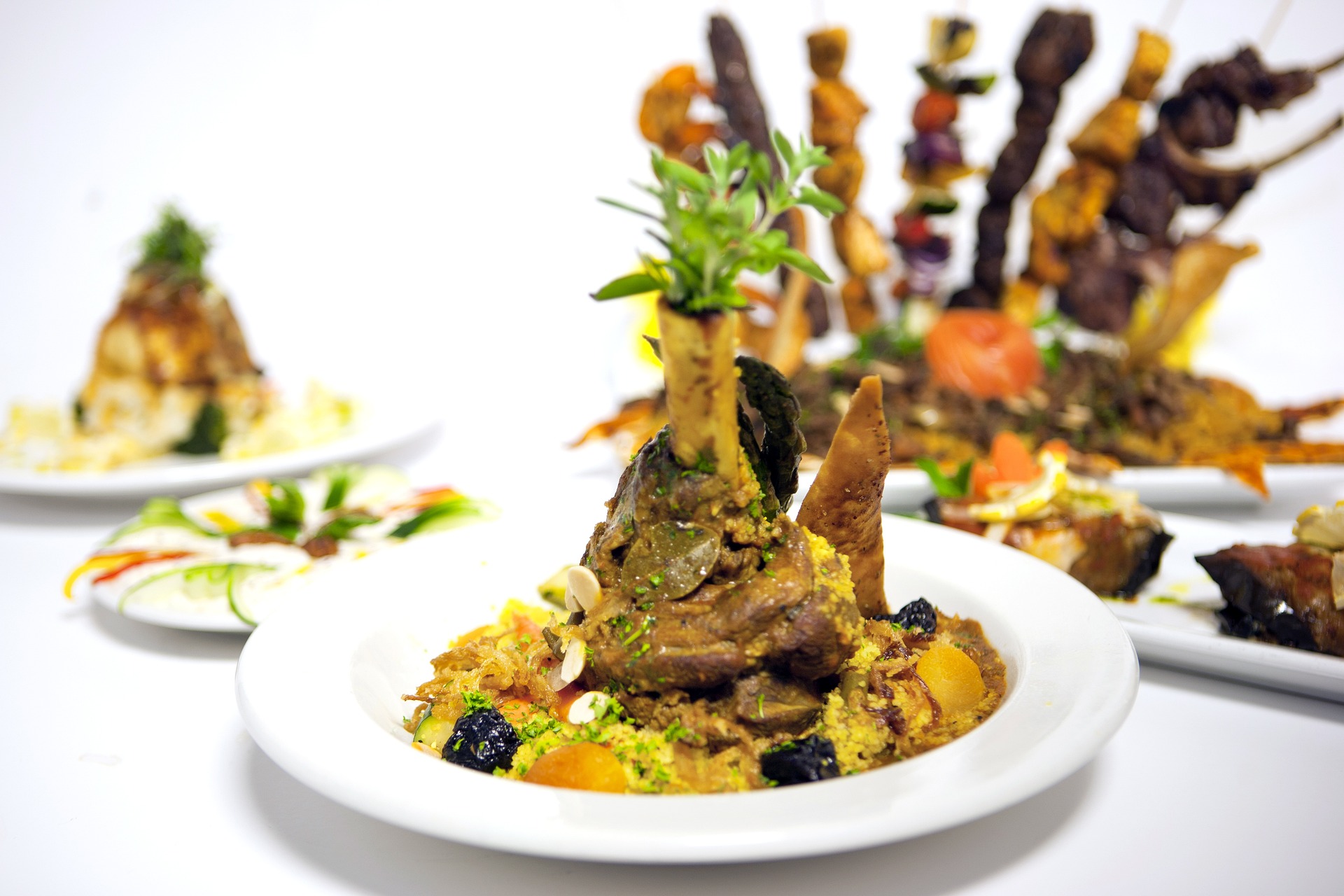Discovering the Richness of Ghanaian Cuisine: The Next Big Food Trend
Ghanaian cuisine, a captivating blend of flavors and textures, is gaining popularity worldwide. Dive into the diverse dishes, unique cooking techniques, and the cultural significance of this West African gem. Ghana, located in West Africa, is renowned for its vibrant culture, rich history, and, most importantly, its sumptuous cuisine. The country's culinary landscape is as diverse as its people, with each ethnic group contributing unique dishes and flavors to the national palate. From the spicy and aromatic soups to the hearty stews and flavorful grilled meats, Ghanaian cuisine is a gastronomic delight waiting to be discovered.

The Staple Ingredients
A typical Ghanaian meal is incomplete without staple ingredients like yam, plantain, cassava, and maize. These ingredients form the base of many dishes and are often served with rich, spicy sauces and soups. Palm nuts, groundnuts, and garden eggs, also known as African eggplants, are other key ingredients, adding depth and complexity to the meals.
The Art of Ghanaian Cooking
Cooking in Ghana is not just a daily chore but a significant socio-cultural activity. Traditional cooking methods involve slow-cooking over a fire or steaming in banana leaves, enhancing the flavors while keeping the nutritional value intact. Soups and stews, made with a variety of meats and fish, are integral to Ghanaian cuisine, served alongside staple carbohydrates like fufu or banku.
Noteworthy Dishes to Try
Among the must-try dishes is Jollof rice, a one-pot dish made with rice, tomatoes, onions, and a medley of spices. Red-red, a bean stew served with fried plantains, is a vegetarian-friendly option, while kelewele, spiced fried plantains, offers a sweet and spicy snack. For meat lovers, the grilled tilapia, marinated in spices and grilled to perfection, is a culinary delight.
The Cultural Significance
Food in Ghana is not just about sustenance but also about community-building and celebration. Meals are often communal, served from a large bowl, symbolizing unity and shared experiences. Traditional festivals and ceremonies are incomplete without specific dishes, showcasing the deep-rooted connection between food and culture.
Quick Bites: Ghanaian Food Facts
-
Fufu, made by pounding yam or cassava, is a staple food served with soup.
-
Banku, a fermented corn and cassava dough mixture, is another popular staple.
-
Ghanaian cuisine is known for its heat, with dishes often featuring chili peppers and ginger.
-
Palm wine, produced from the sap of various species of palm tree, is a popular traditional alcoholic beverage.
In conclusion, Ghanaian cuisine, with its rich flavors, intriguing cooking techniques, and cultural significance, is a gastronomic treasure worth exploring. As it gains international recognition, it’s more than just a food trend; it’s a celebration of Ghana’s cultural diversity and culinary creativity. So, the next time you’re looking to try something different, why not take your taste buds on a journey to Ghana? You won’t be disappointed!




